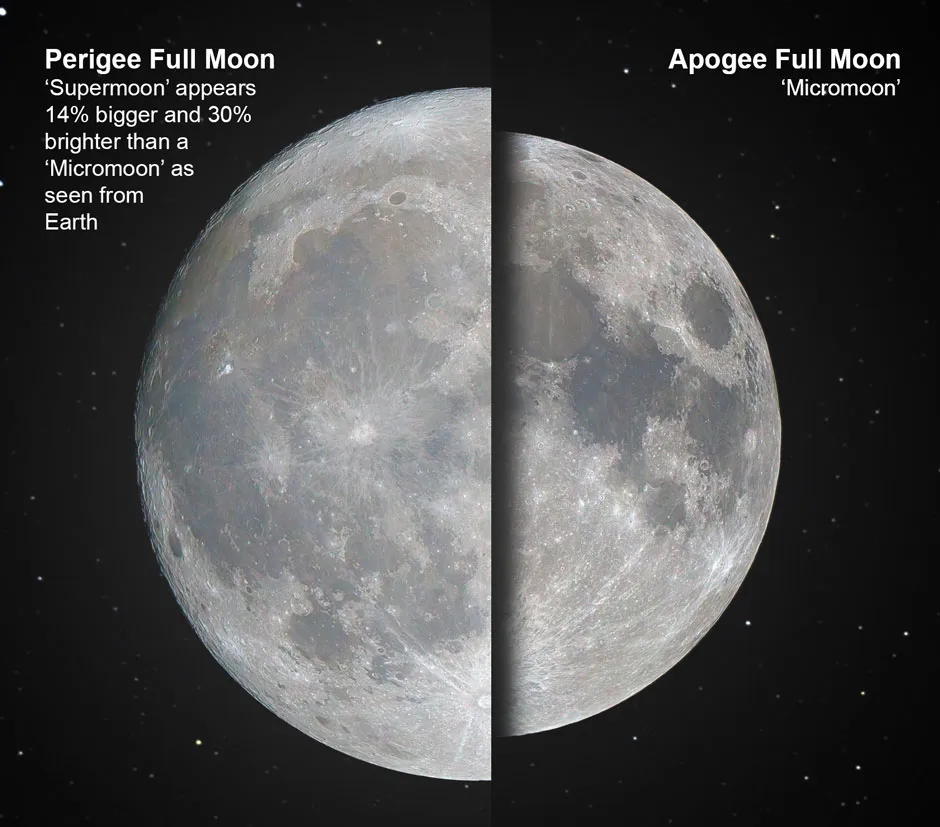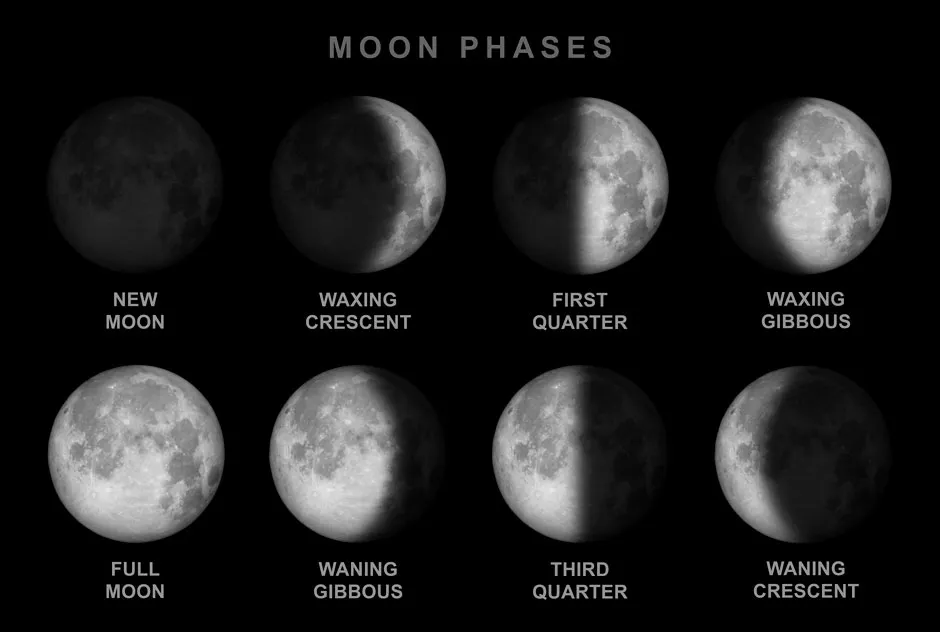Good news: you will be able to see the full Supermoon tonight. In fact, July's full Moon will be the biggest the lunar surface has looked from Earth so far this year.
Now that the summer is finally officially here, you’d think there might be fewer hours than ever to gaze up and appreciate the night sky. You’d think wrong. There is plenty of celestial goodness to gaze upon this summer, including July's full Moon.
The lunar cycle continues and we’re here to let you in on its juicy details. Here’s when you can see the Buck supermoon and everything you need to know about this celestial spectacle.
If you’re looking forward to clear nights this year, why not plan ahead with our full Moon UK calendarandastronomy for beginnersguide?
When is the July full Supermoon?
Tonight's full Buck supermoon will be visible Monday3 July 2023 in the UK and around the world. The Moon will appear full for several nights after this date.
The Buck supermoon will reach peak illumination on the morning of 3 July, at 7:38am, UK time (2:38am ET, 11.38pm on Sunday in Pacific Time).
However, as this is after the Moon sets at 3:55am in the UK, we will not be able to see the exact moment when it reaches syzygy. Syzygy is the name given to a configuration that occurs for just a moment, when the Moon is directlybetween the Sun and the Earth, in a straight line.
"Strictly speaking, the full Moon occurs at a very specific moment in time – down to the second! – when the Moon is directly opposite the Sun in the sky," explains Dr Darren Baskill, an astronomer and astrophotographer based at the University of Sussex.
"But to our eyes, the Moon will look full, or almost full, for two or three days either side of the exact moment that the full Moon occurs."
On 3 July, the Moon will rise late, at 10:14pm (UK time). The Buck supermoon will appear in the constellation of Sagittarius (southeast).
What causes a supermoon?
As the Moon orbits the Earth in an elliptical shape rather than in a circle, its distance to us varies over time. A supermoon is a phenomenon that occurs when a full Moon takes place at the same time as the perigee (when the Moon is closest to the Earth).
A full Moon during perigee will appear 14 per cent larger and 30 per cent brighter than a full Moon during apogee (when the Moon is furthest away from the Earth – an event called a micromoon). A supermoon is also around 7 per cent larger and 15 per cent brighter than the average full Moon.

Why is it called a Buck Moon?
The full Moon in July 2023 is called a Buck Moon after the new antlers that begin to grow from the forehead of a buck deer at this time of year. They shed their antlers in the early spring (or late winter), regrowing them in the summer months.
The Buck Moon has also been known as the Hay Moon to the Anglo-Saxons and the Claiming, Wyrt, Herb, and Mead Moon in other parts of the world.
How far away from Earth is a supermoon?
A supermoon is classified when it is closer than 360,000km to the Earth. This occurs during the perigee stage of the lunar orbit.
This distance is some 21,000km closer than the Moon’s average distance from us of around 384,400km. For comparison, the Moon is 405,696km away from the Earth during apogee.
At that distance, it’s no wonder it takes astronauts a few days to get to the Moon. NASA is hoping its Artemis mission to build the Lunar Gateway will make this task simpler in the future.
What is the Moon illusion?
The Moon illusion is a visual trick of the eyes that occurs when the Moon appears bigger than it is during moonrise and moonset while still low on the horizon.
Scientists are still unsure why the Moon illusion takes place but it could just come from us subconsciously comparing the celestial body to objects on the horizon.
How often are full Moons?
A full Moon occurs every 29 days, 12 hours, 44 minutes, and 3 seconds, or, every 29.53 days. Known as the synodic month, this is how long it takes the Moon to complete its lunar cycle and orbit around the Earth once.

Given that we get a full Moon every 29.53 days, there are typically 12 full Moons throughout a year. However, every two or three years we are lucky enough to receive two full Moons in a month. The extra full Moon? That’s the Blue Moon. The next Blue Moon is scheduled to arrive in August 2023.
Just as we occasionally get two full Moons in a month, we also get two new Moons. These are known as Black Moons. The next Black Moon is set to appear in August 2027. The last one was in April 2022.
What’s the best way of photographing the Buck Supermoon?
With the Buck supermoon appearing so big and bright, there’s never a better time to snap some photos of the celestial body. While taking a picture of the Moon will be easier than normal, there are still some pitfalls you will want to avoid.
First and foremost: Turn your flash off. It won’t illuminate its way up to the Moon and will simply bloom out your image. All your flash function achieves here is a worse photo.
Lowering your ISO sensitivity to 100 is a good idea, with a low shutter speed (between 1/60th and 1/125th of a second), and an aperture of f/9 or f/10 combining for the perfect shot. Whether you’re taking the shot with your camera or phone, though, it might be best to use a tripod or prop it on a solid surface to keep the device perfectly still.
On phones, it might be worth installing an astronomy photography app to help you out. There are many available but NightCap (£2.99 on the App Store) is our pick of the lot.
Read more:

